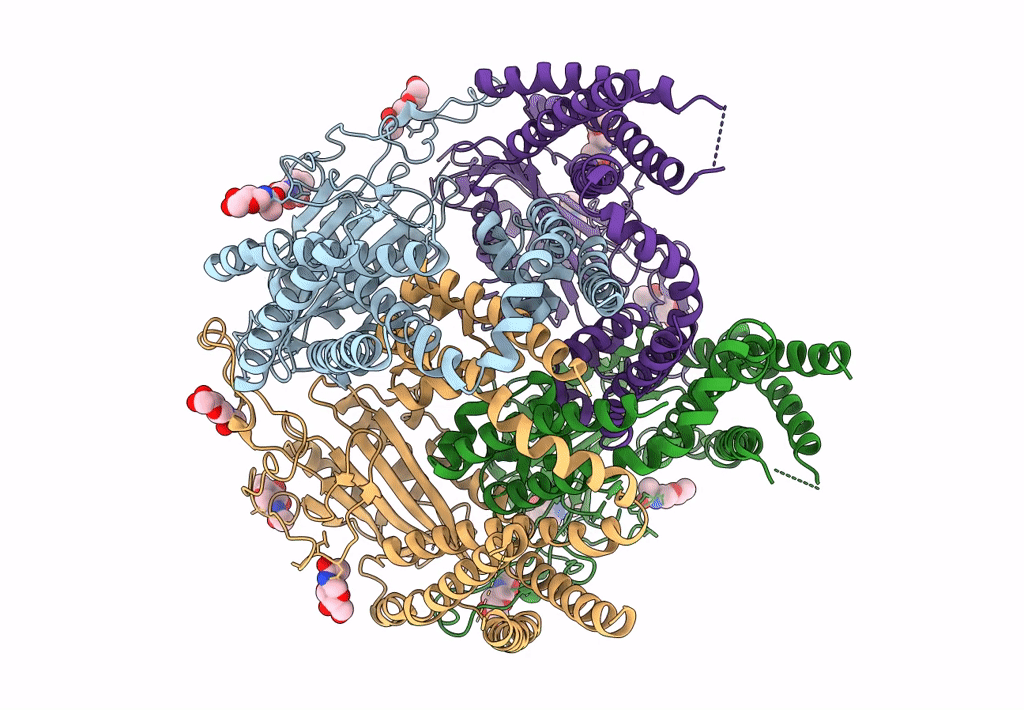
Deposition Date
2018-04-12
Release Date
2018-06-27
Last Version Date
2025-05-21
Method Details:
Experimental Method:
Resolution:
3.54 Å
Aggregation State:
PARTICLE
Reconstruction Method:
SINGLE PARTICLE


